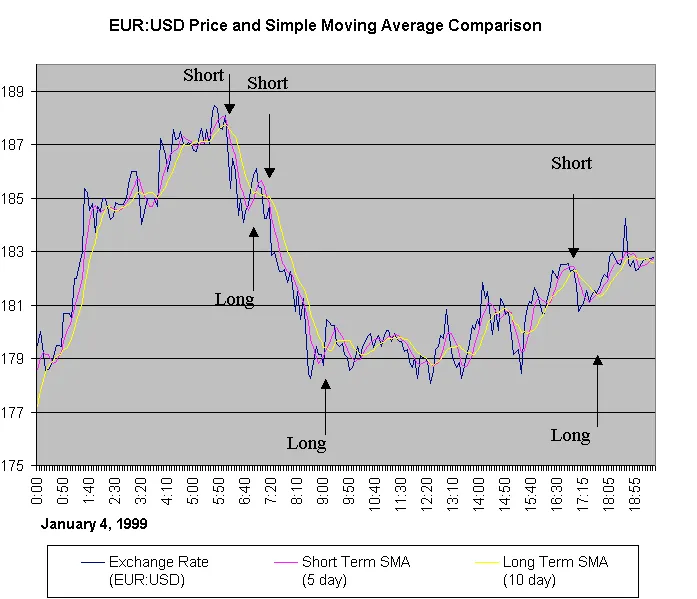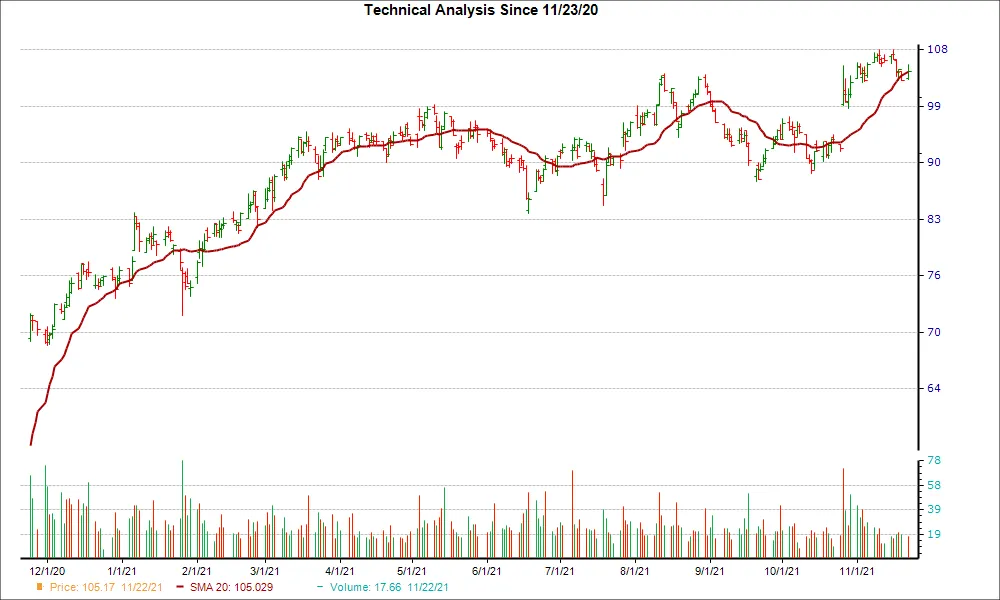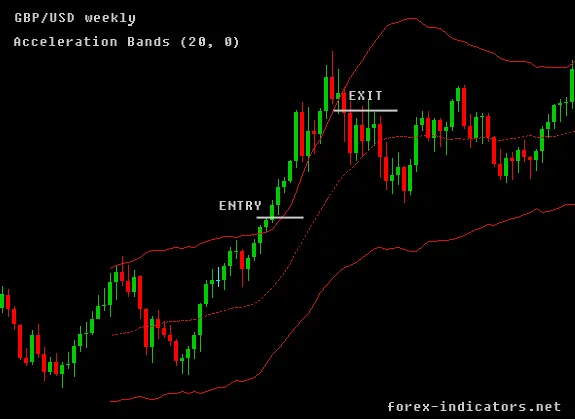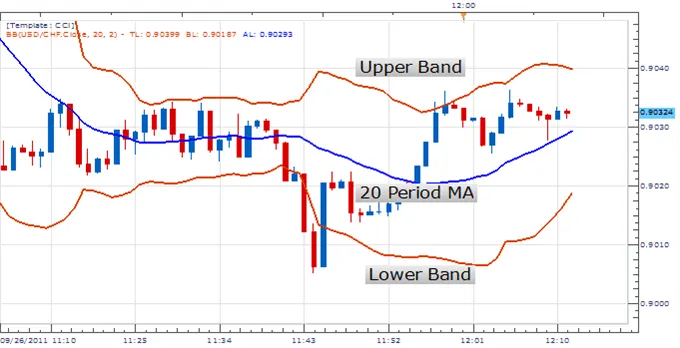Average True Range Study
By Samantha Baltodano
TL;DR:
The Average True Range (ATR) is a technical analysis indicator that measures market volatility. It is calculated as a moving average of the True Range, which takes into account the gap between the current high and low and the previous close.
The ATR can be used to identify periods of high or low volatility, enter and exit trades, set stop-loss orders, and determine trade sizes in the derivatives market.
What Is the Average True Range Study?
The Average True Range (ATR) is a technical analysis indicator introduced by market technician J. Welles Wilder Jr. that measures market volatility by decomposing the entire range of a security’s price for that period.
The True Range Indicator is taken as the greatest of the following: current high less the current low; the absolute value of the current high less the previous close; and the absolute value of the current low less the previous close.
The ATR is then a Moving Average, generally over a 14-day period, of the true ranges.
Traders can use shorter periods to generate more trading signals, while longer periods have a higher probability to generate fewer trading signals.
Formula
The formula to calculate ATR for an investment with a previous ATR calculation is :
- [Previous ATR(n-1) +TR] / n
where:
n = Number of periods
TR = True range
If there is not a previous ATR calculated, you must use:
- (1/n) * cumulative sum(TRi)
where:
TRi = Particular True Range, such as first day’s TR, then second, then third
n = Number of periods
You first need to calculate the True Range values, to do this please see the True Range Indicator study.
What Does ATR Tell You?
Wilder originally developed the ATR for commodities, although the indicator can also be used for stocks and indices.
Simply put, a stock experiencing a high level of volatility has a higher ATR, and a lower ATR indicates lower volatility for the period evaluated.
The ATR values may be used to enter and exit trades and is a useful tool to add to a trading system. It was created to allow traders to more accurately measure the daily volatility of an asset by using simple calculations.
The indicator does not indicate the price direction; instead, it is used primarily to measure volatility caused by gaps and limit up or down moves. The ATR is relatively simple to calculate, and only needs historical price data.
The ATR is commonly used as an exit method that can be applied no matter how the entry decision is made.
One popular technique is known as the "chandelier exit" and was developed by Chuck LeBeau. The chandelier exit places a trailing stop under the highest high the stock has reached since you entered the trade.
The distance between the highest high and the stop level is defined as some multiple multiplied by the ATR.
The ATR can also give a trader an indication of what size trade to use in the derivatives markets. It is possible to use the ATR approach to position sizing that accounts for an individual trader's willingness to accept risk and the volatility of the underlying market.
Example
As a hypothetical example, assume the first value of a five-day ATR is calculated at 1.41, and the sixth day has a true range of 1.09.
The sequential ATR value can be estimated by multiplying the previous value of the ATR by the number of days less one and then adding the true range for the current period to the product.
Next, divide the sum by the selected timeframe.
For example, the second value of the ATR is estimated to be 1.35, or (1.41 * (5 - 1) + (1.09)) / 5. The formula could then be repeated over the entire period.
While the ATR doesn't tell us in which direction the breakout will occur, it can be added to the closing price, and the trader can buy whenever the next day's price trades above that value.
Trading signals occur relatively infrequently but usually indicate significant breakout points. The logic behind these signals is that whenever a price closes more than an ATR above the most recent close, a change in volatility has occurred.
Limitations
There are two main limitations to using the ATR indicator.
- ATR is a subjective measure, so that it is open to interpretation. No single ATR value will tell you with any certainty that a trend is about to reverse or not. Instead, ATR readings should always be compared against earlier readings to get a feel of a trend's strength or weakness.
- ATR only measures volatility and not the direction of an asset's price. This can sometimes result in mixed signals, particularly when markets are experiencing pivots or when trends are at turning points. For instance, a sudden increase in the ATR following a large move counter to the prevailing trend may lead some traders to think the ATR is confirming the old trend; however, this may not be the case.
What Is a Good Average True Range?
A good ATR depends on the asset.
If it generally has an ATR of close to $1.18, it is performing in a way that can be interpreted as normal.
If the same asset suddenly has an ATR of more than $1.18, it might indicate that further investigation is required.
Likewise, if it has a much lower ATR, you should determine why it is happening before taking action.
Summary
- The Average True Range (ATR) is a technical analysis indicator that measures market volatility
- It is calculated as a moving average of the True Range, which is the greatest of the current high minus the current low, the absolute value of the current high minus the previous close, and the absolute value of the current low minus the previous close
- The ATR can be used to identify periods of high or low volatility, enter and exit trades, set stop-loss orders, and determine trade sizes in the derivatives market
- It is a subjective measure and only indicates volatility, not price direction
- The ATR can be affected by gaps and limit moves
Average True Range is just one of many studies that Archaide automates. For a full list of strategies and studies available click here.
Like what you read? Check out the rest of our content!




